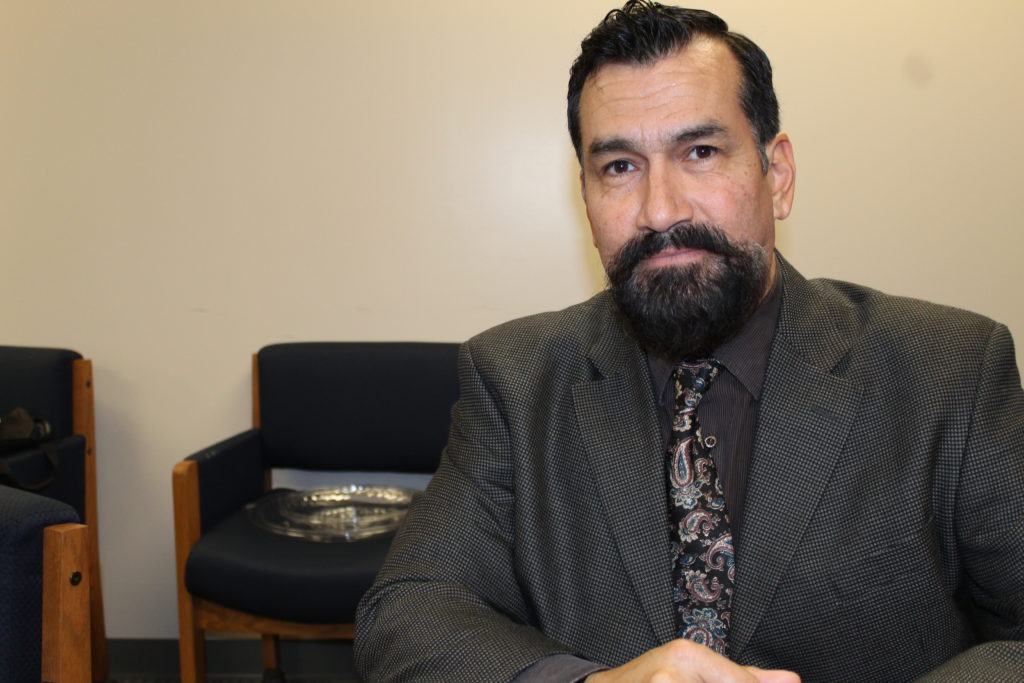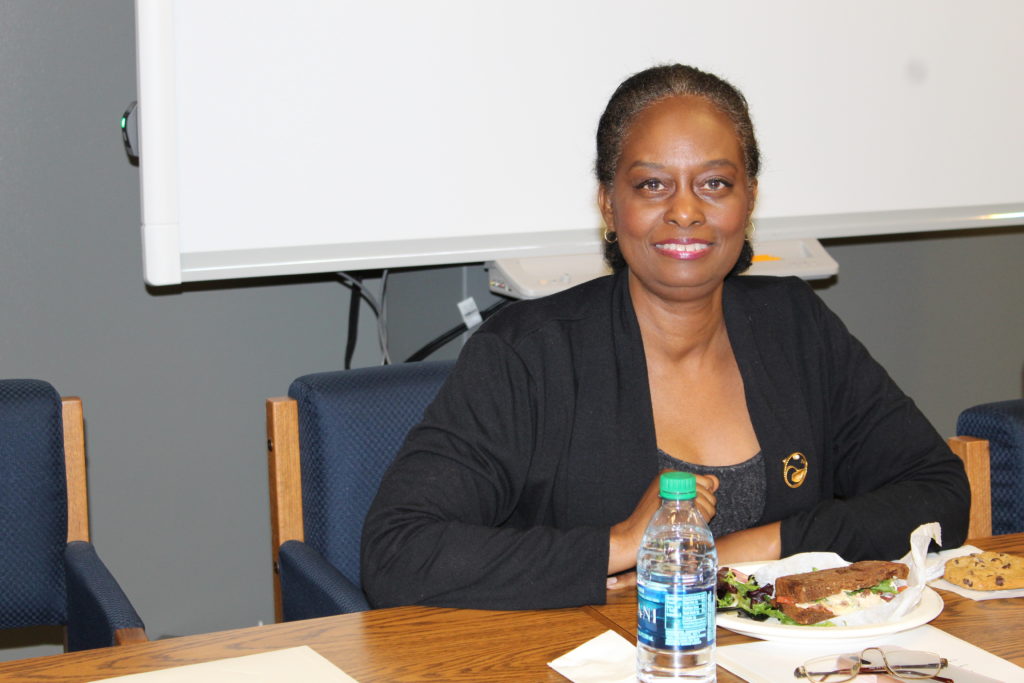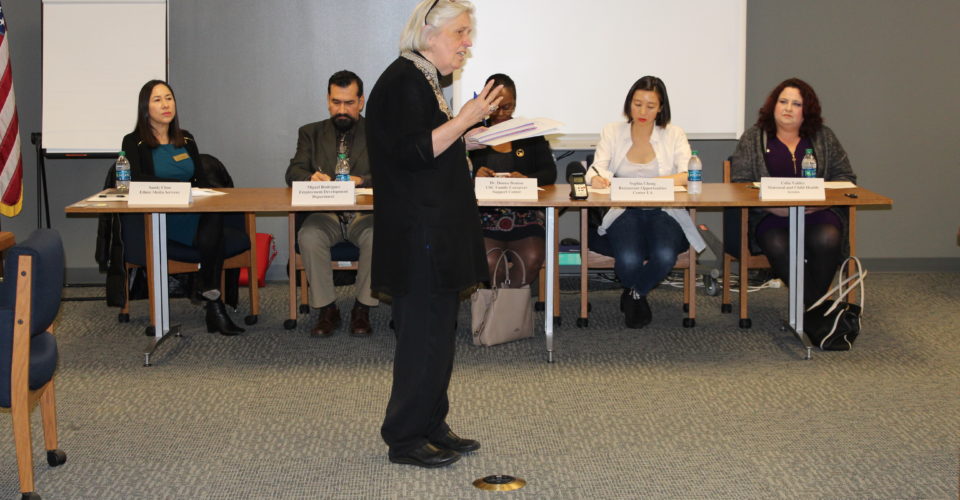By NICOLE MARTÍNEZ
EL NUEVO SOL
LOS ANGELES––The California Employment Development Department brought ethnic news media together to listen to a panel of experts and community organizers to raise awareness of the new changes that as a result of Asembly Bill 908 have been made to the state’s Paid Family Leave benefits. The program is heavily underutilized by workers of color who——the presenters agreed——need to be better informed about this unique program that benefits California workers.
California’s paid family leave allows workers to take time off to bond with their children whether they are newborn, adopted, or being fostered. Additionally, it grants workers the time to care for a seriously ill family member. These benefits are applicable to full and part-time workers whose paystubs indicate they have contributed to the State’s Disability Insurance Fund, or SDI.
With Assembly Bill 908, starting in January 1, 2018, workers will have an increase wage replacement to either 60 or 70 percent depending on their income. Workers also now can get benefits from the very first day they’re off, there is no longer a waiting period. Plus, the benefits are payable for up to six weeks within a 12-month period without having to take the leave all at once.
“[The program] allows the public to actually take the time off without having to stress about their finances, so they can care and bond with their relatives, it can ease some of the financial burden,” said Miguel Rodriguez, assistant manager for the Employment Development Department.

Miguel Rodriguez, assistant manager, California Employment Development Department. Photo: Nicole Martínez / El Nuevo Sol.
Many people do not know they can take time off from their job although money is being deducted from their paychecks for the program. However, some do not use it because they fear that they can get fired, are scared of interacting with government agencies, see it as welfare, or simply do not know how and where they can apply.
Two ethic groups who are not putting their benefits to use are the African Americans and Latinos. Sophia Cheng, community organizer of Restaurant Opportunities Center LA, believes there are many additional barriers for these communities. Some of those challenges include very low wages, precarious job situations, language skills, access to the internet, and immigration status.
Dr. Donna Benton, Director of USC Family Caregiver Support Center, thinks that employers do not talk about the program with their employees. Benton discussed that most employers just hand out pamphlets, the problem with that is that most people are not going to sit down to read the information and more so the fine print.
She also brought to light that some employers see their workers struggle while they work but they do not have a conversation with them, so they can ask what’s impacting their work performance. Sometimes an ill family member can affect their performance, but employers do not put together that they can help them with the paid family leave program.

Dr. Donna Benton, director of the USC Family Caregiver Support Center. Photo Nicole Martínez / El Nuevo Sol.
Cheng considers that there must be a two-way communication where employees and employers can communicate and ask questions about the program.
“Bringing the information directly to the people who can use it is very important because the benefit is complicated, so it can’t be a one-way communication,” she said. “It’s not something you learn about and you can immediately navigate by yourself,” Cheng continued.
Cheng described family paid leave as indispensable after she had to use it when her first born child was born earlier than expected. She had to spend the first two weeks in the hospital with her baby while she had to learn how to take care of her new born baby. With that situation going on she did not have a mind set to worry about losing her job.
“I was very lucky that I knew about family paid leave because my job and income was really the last thing on my mind, and that’s how it should be,” Cheng said.
Although Cheng used family paid leave and will use it again with her second pregnancy, a cook in Los Angeles did not get the same chance until he was informed about it.
Cheng shared the story of this cook who was expecting his third child with his wife. When she had their other two children, he was not aware of the program even though it was being deducted from his paycheck. Now, that he is aware he took time off with his third child.
He learned about this benefit through a know your rights workshop and he realized he was eligible for the program. When asked if he knew about anyone else who was aware of this program he said he did not know of anyone else.
Celia Valdez, education and outreach director with Maternal and Child Health Access also shared a story of an employer who did not know about the program that was established in 2000.
Valdez talked about a single mother who was having a hard time finding someone to take care of her newborn baby. Valdez told her about family paid leave. When the woman went back to her job to talk to her employer about the program shewas told that if she took the time off she would no longer have a job, therefore she decided to not peruse it anymore because she needs her job.
Those who do decide they do want to use their family paid leave can use it periodically. They do not have to use the six weeks all at once. Benton, who is more concerned for family care, knows that sometimes workers have to take their ill member to appointments or the family member can get sick again, therefor its important to know that you can take it from time to time.
“The beauty of paid family leave is that if we use the flexible section of the care act, we can make it work how we care for our family members, which is we are not walking away after the first 3 weeks of illness,” Benton said.
Family paid leave is one of many benefits that many have a right to. In order to apply for these benefits, you can visit californiapaidfamilyleave.com or you can visit one of the Employment Development Department offices in California.
Tags: AB 908 California Employment Development Department Celia Valdez Donna Benton Miguel Rodriguez Nicole Martínez Paid Family Leave Sandy Close Sophia Cheng


















